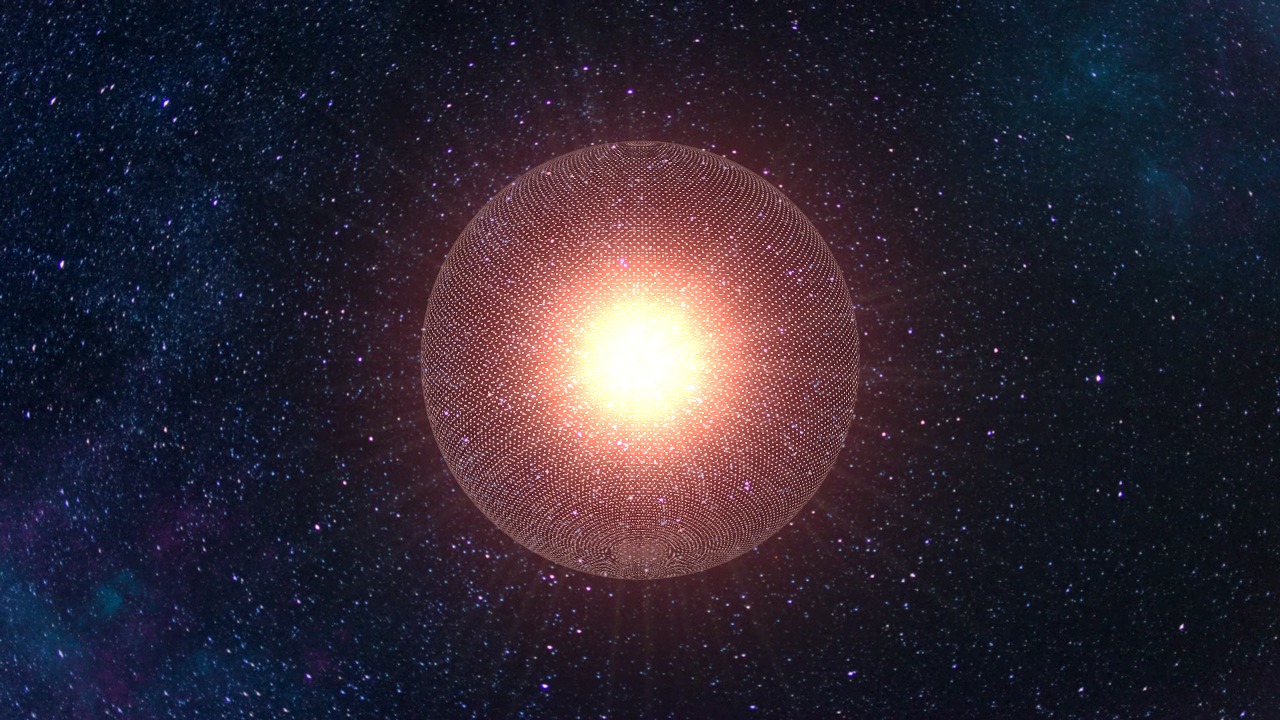
NASA’s recent astronomical analysis has uncovered seven stars emitting bizarre, unexplained infrared radiation signals, sparking speculation about potential Dyson spheres. These hypothetical megastructures, theorized to be built by advanced civilizations to harness stellar energy, have been identified through infrared observations that highlight unusual excess heat patterns. These patterns defy natural explanations and could represent technosignatures from extraterrestrial intelligence, according to findings drawn from NASA’s data.
The Nature of the Bizarre Signals
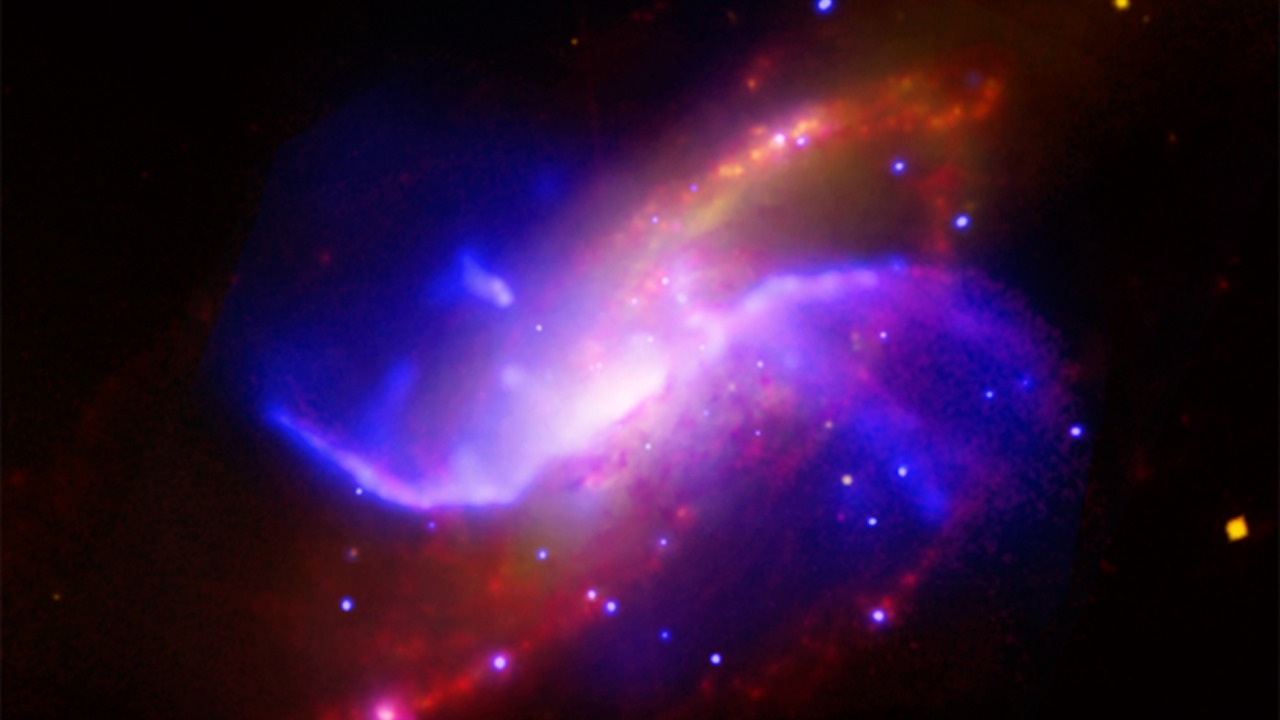
The specific characteristics of the infrared radiation from these seven stars include excess heat emissions that appear anomalous compared to typical stellar behavior. These signals were first detected in NASA’s datasets, revealing mid-infrared wavelengths that lack corresponding visible light variations. This absence of visible light changes rules out common astrophysical phenomena like dust clouds, which typically accompany such emissions. The data, sourced from NASA’s infrared observations, highlights the peculiar nature of these signals, which deviate from expected stellar norms [source].
Initial filtering processes were employed to eliminate false positives, such as planetary debris or natural infrared sources, confirming the signals’ unexplained status. This rigorous analysis ensures that the detected signals are not artifacts of known natural processes, thereby strengthening the case for their potential artificial origin. The confirmation of these signals as unexplained anomalies adds a layer of intrigue to the ongoing search for extraterrestrial intelligence, as they may represent technosignatures from advanced civilizations [source].
Potential Links to Dyson Spheres
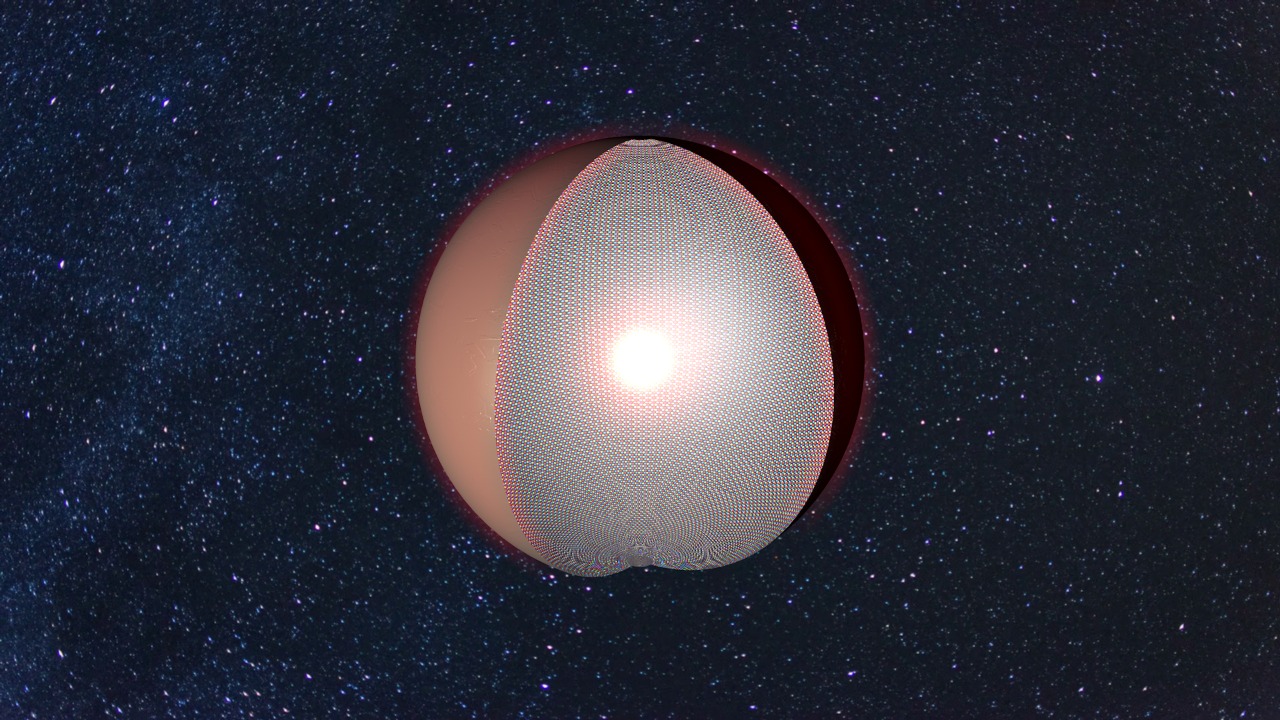
The theoretical framework of Dyson spheres, first proposed by physicist Freeman Dyson in 1960, involves constructing partial or complete shells around stars to capture their energy. Such structures would produce detectable infrared waste heat as a byproduct. The signal patterns observed from the seven stars align with Dyson sphere models, exhibiting symmetric infrared excesses that suggest artificial structures rather than irregular natural features. This alignment with theoretical models bolsters the hypothesis that these signals could indeed indicate the presence of advanced extraterrestrial technology [source].
While alternative natural explanations, such as unresolved protoplanetary disks, are being considered, the signals remain a strong candidate for technosignatures. The unusual nature of the infrared emissions challenges conventional astrophysical explanations, prompting further investigation into their origins. This ongoing research underscores the importance of exploring all possibilities, including the potential for discovering evidence of extraterrestrial intelligence.
The Discovery Through NASA Data
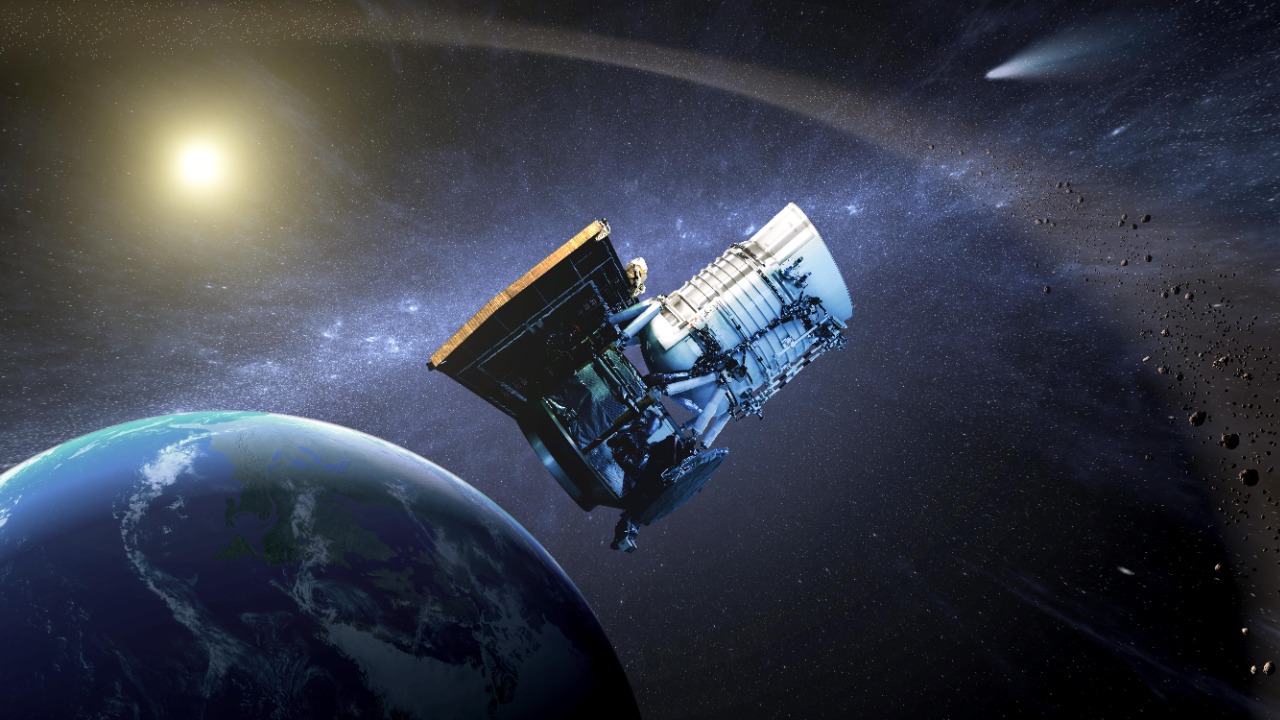
NASA’s infrared telescopes, such as the Wide-field Infrared Survey Explorer (WISE), played a crucial role in cataloging the data that led to identifying these seven stars among thousands observed. The use of advanced computational analysis methods, including machine learning algorithms, enabled researchers to scan for infrared anomalies in archival datasets from missions like WISE and Spitzer. This sophisticated approach allowed for the efficient identification of unusual signals that might otherwise have gone unnoticed [source].
The discovery was a collaborative effort involving astronomers from multiple institutions who validated the findings through cross-referencing with other observatories. This teamwork highlights the importance of interdisciplinary cooperation in advancing our understanding of the universe. By pooling resources and expertise, researchers can more effectively investigate the potential for extraterrestrial life and the technological signatures it might leave behind.
Implications for SETI and Future Research
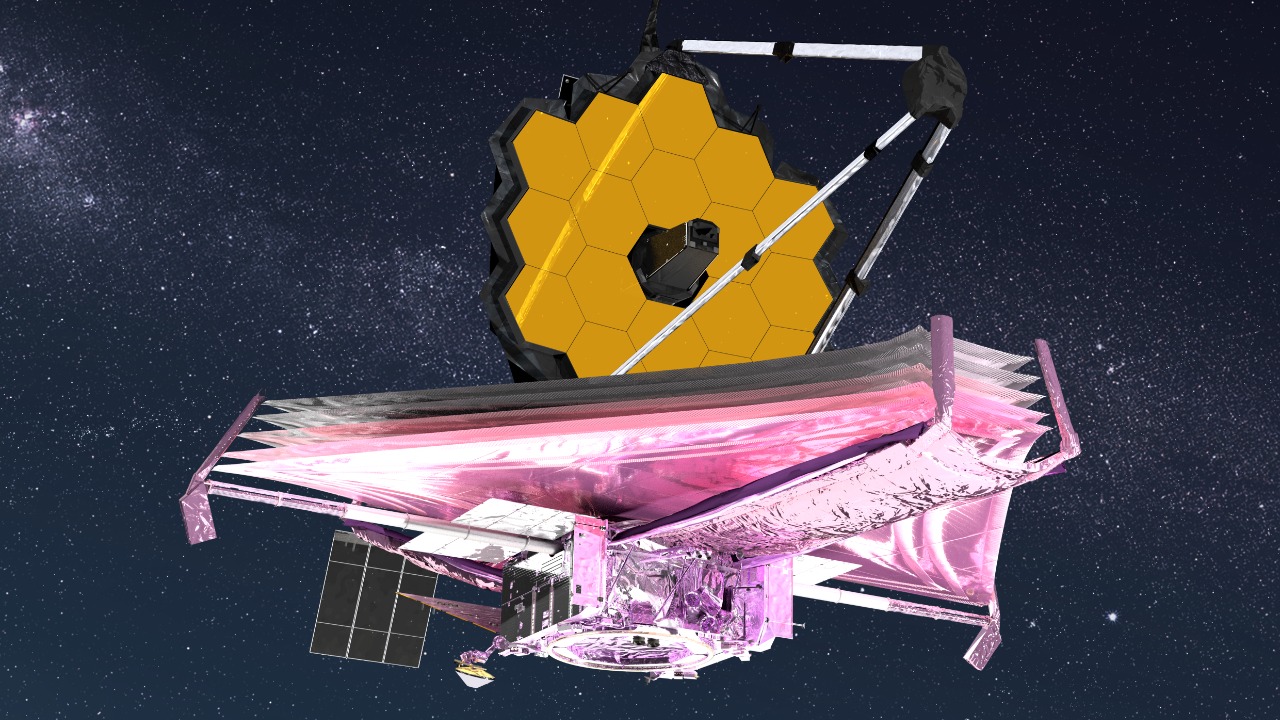
The discovery of these signals significantly bolsters the Search for Extraterrestrial Intelligence (SETI) by providing empirical candidates for follow-up observations with advanced telescopes like the James Webb Space Telescope. The locations of the seven stars, primarily in the Milky Way’s galactic plane, and their distances, ranging from hundreds to thousands of light-years, complicate direct imaging but enable detailed spectroscopic studies. These studies could provide further insights into the nature of the signals and their potential artificial origins [source].
Planned next steps include targeted infrared follow-ups and multi-wavelength campaigns to confirm or refute the Dyson sphere hypothesis. These efforts will involve a combination of observational techniques and theoretical modeling to explore the full range of possibilities. By pursuing these investigations, scientists hope to uncover new evidence that could reshape our understanding of the universe and our place within it [source].